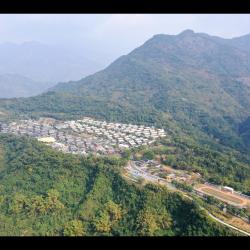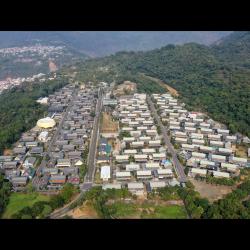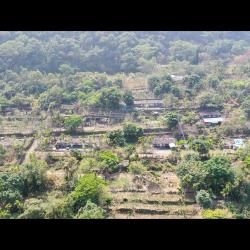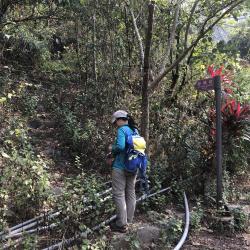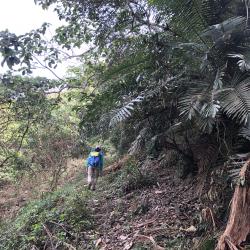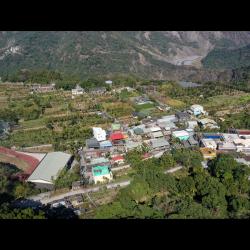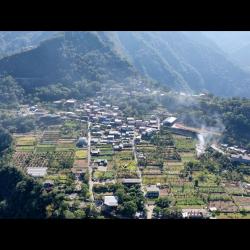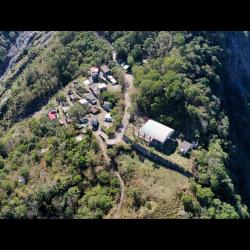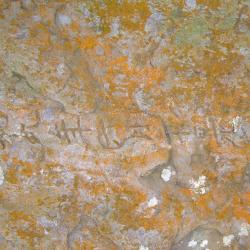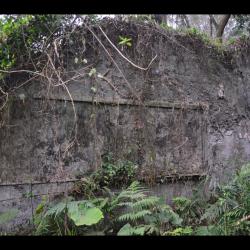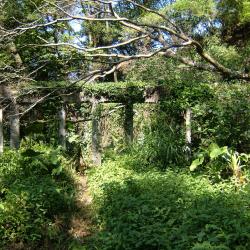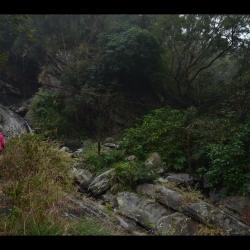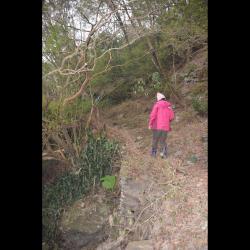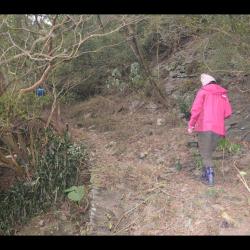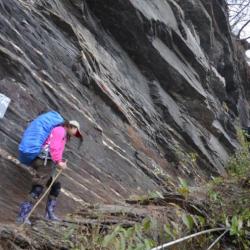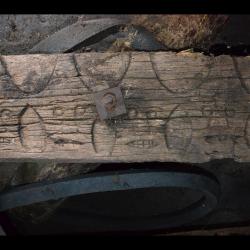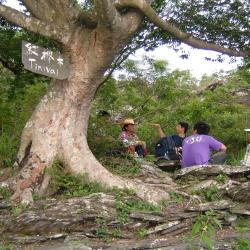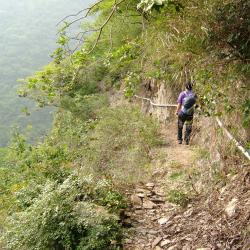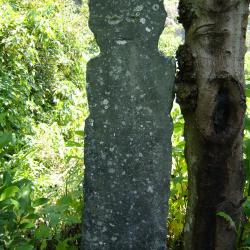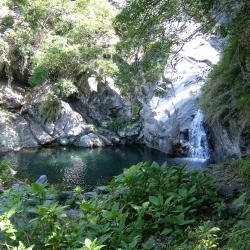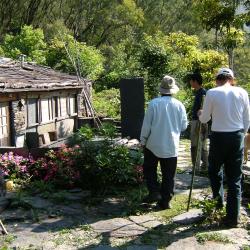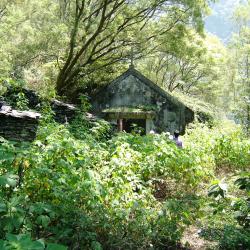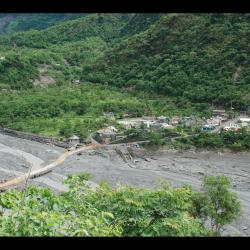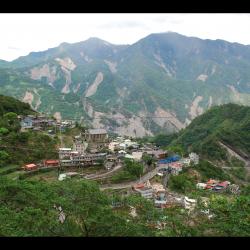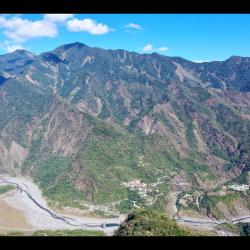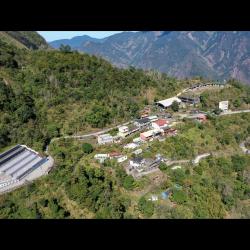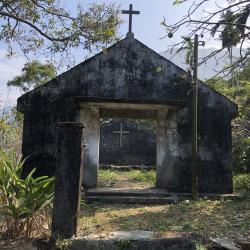Located in Wutai Township, Pingtung County, Wutai Haocha Historic Trail begins at Zhenxing Village, Yanpu Township, which is on the edge of the Ailiao River. The trail is about 27.9 km long, and passes through villages in Sandimen, Wutai and Old Haocha. At the same time, crossing the Ailiao South Creek to arrive at villages in Majia, Beiye Townships and other places.
During the Japanese occupation, the Wutai Haocha Historic Trail was only the width of a footpath. Today, part of the trail that departs from Sandimen has been widened and made into the Provincial Highway 24 leading to Wutai, while most sections of the trail have collapsed. Currently, there is still about 1 km of walkable trail remaining, which extends from the trail entrance that is next to the water source of the abandoned Haocha Elementary School.
- - / -
- - - -
- -
- -/-
- -

